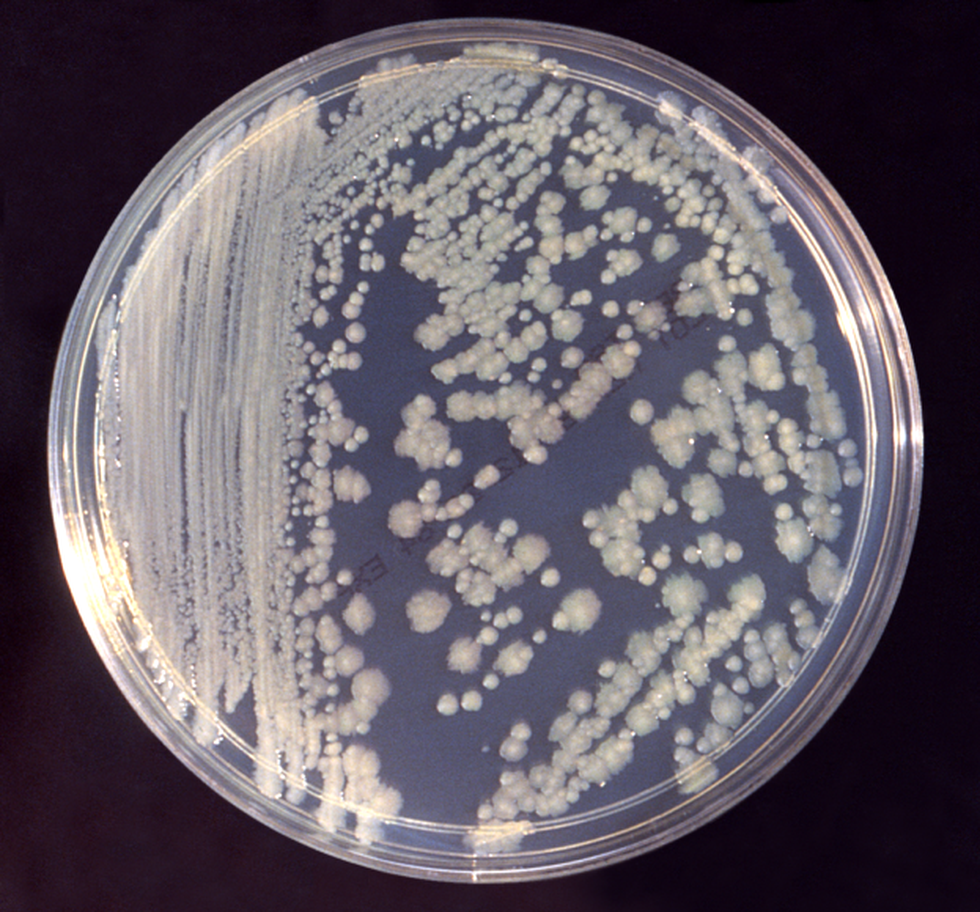About Enterobacter Bugandensis
- Enterobacter bugandensis is a relatively new species within the Enterobacter genus.
- It was first described in 2013, after being isolated from cases of bloodstream infections in Uganda.
Key Characteristics
- Morphology: It is a Gram-negative, rod-shaped bacterium.
- Habitat: Like other Enterobacter species, E. bugandensis is typically found in various environments, including soil, water, and the gastrointestinal tracts of animals and humans.
- Pathogenicity: It can cause a range of infections, primarily in immunocompromised These include bloodstream infections, respiratory infections, urinary tract infections, and wound infections.
- Resistance: It has shown resistance to multiple antibiotics, which makes treatment challenging.
- The mechanisms of resistance can include beta-lactamase production, efflux pumps, and mutations that reduce drug uptake.
What is the multidrug-resistant pathogen?
- It refers to a microorganism that has developed resistance to multiple antimicrobial agents, typically three or more antimicrobial categories.
- This resistance can be seen in various types of microorganisms, including bacteria, viruses and parasites.
- The most threatening forms of MDR to public health are MDR bacteria that resist multiple antibiotics
